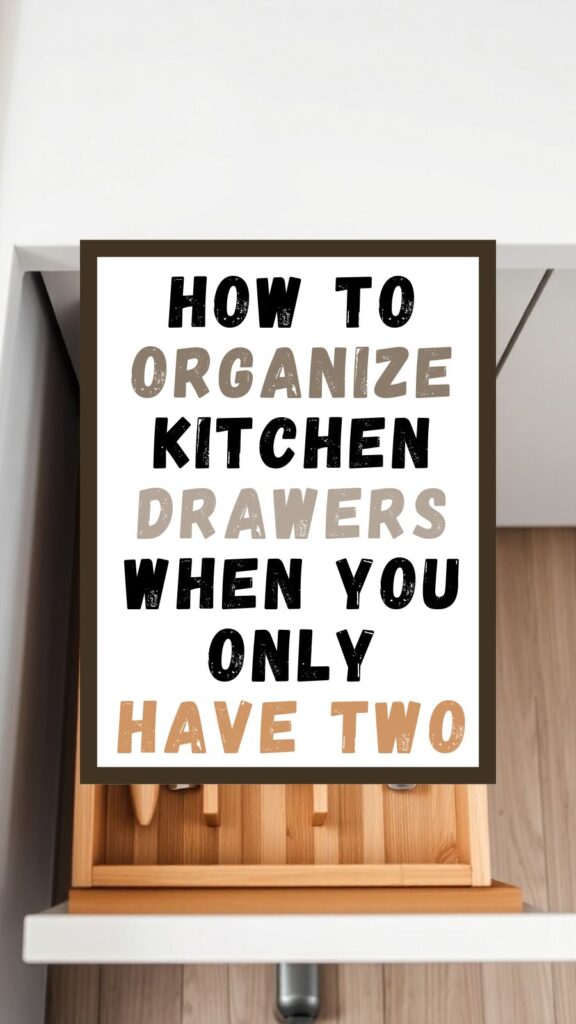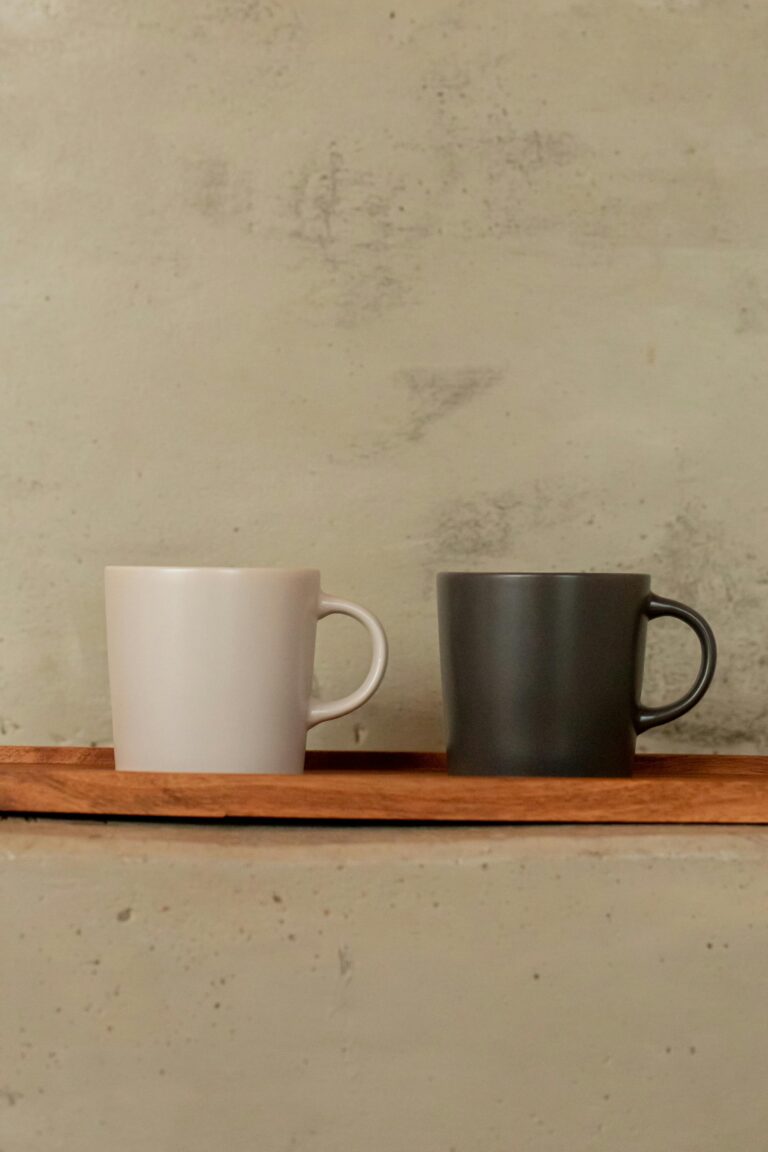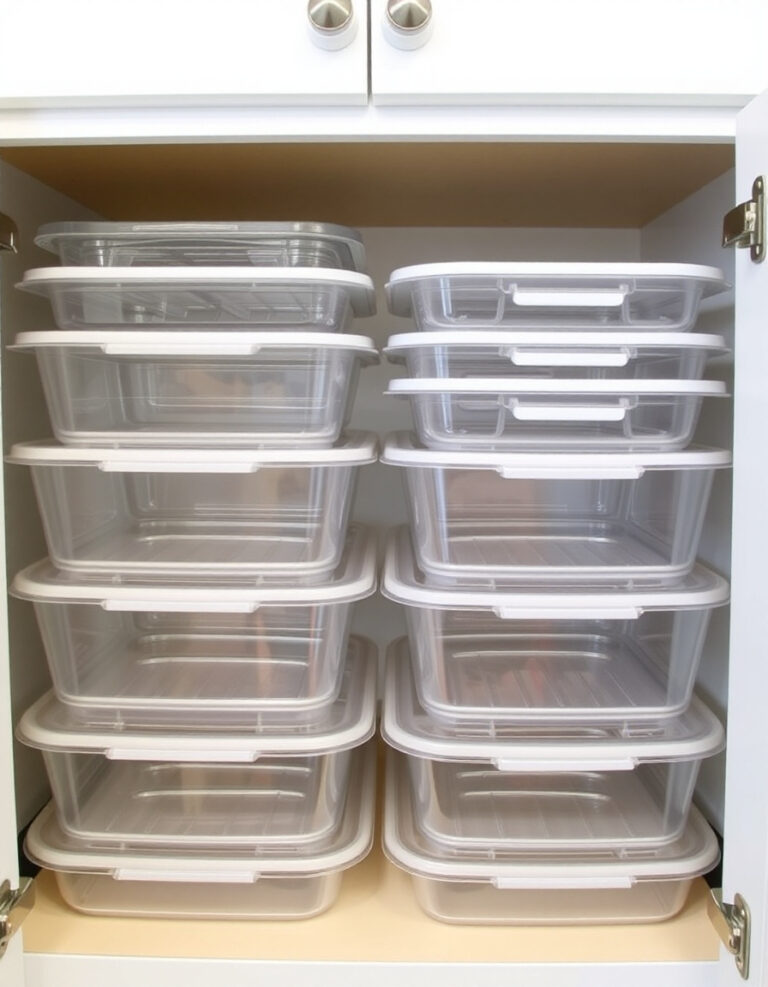Working with just two kitchen drawers requires a strategic approach to storage. The key is understanding which items deserve drawer real estate and which can live elsewhere. When you organize kitchen drawers with limited space, every inch matters, and the right system can transform how efficiently your kitchen functions.
Why Two-Drawer Kitchens Need Different Organization Rules

Standard kitchen drawer organization advice doesn’t apply when you’re working with limited drawer space. The usual categories—utensils, gadgets, linens, miscellaneous—simply won’t fit. Two-drawer setups demand a more ruthless approach to kitchen drawer organization.
You’ll need to identify genuine daily-use items versus things that can be stored in cabinets, on counters, or in alternative storage solutions. This constraint actually simplifies decision-making once you establish clear priorities.
1. Designate One Drawer for Daily-Use Utensils Only
The first drawer should hold items you reach for multiple times per day. This typically includes wooden spoons, spatulas, a whisk, tongs, and a can opener. Keep this drawer to 8-12 essential utensils maximum. Everything else moves to a countertop canister or cabinet space. A simple bamboo drawer divider works well here, creating 3-4 sections that prevent tools from jumbling together.
2. Make the Second Drawer Your Prep and Serving Zone
This drawer handles everything related to meal preparation that doesn’t fit in the first. Think measuring cups, measuring spoons, vegetable peeler, etc… Include serving utensils like large spoons and salad tongs. These items get used regularly but not constantly, making them perfect for drawer number two. Use small bins or dividers to keep categories separate.
3. Remove Duplicate Items to Maximize Kitchen Drawer Space
Most kitchens accumulate multiples—three wooden spoons, five spatulas, duplicate measuring cups. When you organize kitchen drawers with only two available, duplicates become luxury items you can’t afford. Keep one of each tool unless you genuinely use both in the same cooking session. This single step often frees up 30-40% more space without losing any actual functionality.
Also Read: How To Organize A Small Bedroom To Feel More Spacious
4. Store Knives Outside Your Limited Drawer Space
Kitchen knives take up significant real estate and come with safety concerns in crowded drawers. A magnetic wall strip, countertop knife block, or in-drawer knife dock (if one drawer is deep enough) works better. Freeing drawers from knife storage creates room for 6-8 additional utensils or tools. If you must keep knives in a drawer, dedicate specific slotted space rather than mixing them with other items.
5. Use Drawer Dividers to Create Zones Within Each Space
Adjustable drawer dividers transform chaotic spaces into organized systems. In your daily-use drawer, create zones: stirring tools, grabbing tools, opening tools. In the prep drawer: measuring tools, cutting tools, serving pieces. Bamboo expandable dividers adapt to different drawer widths, while plastic bins offer budget-friendly options. The goal is preventing the “junk drawer effect” where everything migrates into a tangled mess.
Read More: 8 Counter Organization Rules For Kitchens With Small Space
6. Establish a Vertical Storage System for Flat Items
Utensils stored flat waste space and create stacking problems. Store spatulas, turners, and tongs vertically using narrow bins or repurposed containers. This approach works especially well in deeper drawers. You can fit twice as many items when they’re standing upright rather than lying in overlapping layers. Small loaf pans or plastic food storage containers (without lids) make excellent vertical dividers.
7. Keep Measuring Tools Together in One Dedicated Section
Measuring cups and spoons scatter easily, making cooking frustrating when you can’t quickly grab what you need. Clip measuring spoons onto a small ring or store them in a specific compartment. Nest measuring cups together and designate one clear spot for the set. This organization habit saves time and prevents the “where’s the quarter-cup measure?” search during meal prep.
8. Move Rarely-Used Gadgets to Cabinet or Pantry Storage
Specialized tools like melon ballers, avocado slicers, or garlic presses feel essential but often sit unused for weeks. When organizing kitchen tools with limited drawer space, these items belong in upper cabinets or pantry shelves. Keep a small bin or basket in a cabinet for occasional-use gadgets. Your drawers should only house items used at least weekly—everything else is taking up valuable real estate.
Also Read: 7 Wall-Mounted Storage Solutions For Cramped Kitchens
9. Store Kitchen Linens and Towels Completely Outside Drawers
Dish towels and pot holders consume enormous drawer space relative to their priority level. Hang towels on oven handles, use hooks inside cabinet doors for pot holders, or keep linens in a nearby cabinet or pantry shelf. This single change often frees up enough space to fit all essential cooking utensils in your two available drawers. If you must keep one towel accessible, fold it flat at the very back of a drawer.
10. Implement a One-In-One-Out Rule for Kitchen Drawer Organization
Once your two drawers are organized, maintaining the system requires discipline. When a new utensil or tool enters your kitchen, something else needs to leave. This prevents gradual accumulation that leads back to cluttered, dysfunctional drawers. The rule forces honest evaluation: do you really need that new gadget, or can an existing tool handle the job?
What to Do When You Need More Storage Flexibility
Sometimes two drawers genuinely aren’t enough, even with perfect organization. Wall-mounted magnetic strips work well for metal utensils and knives. Countertop canisters provide accessible storage for frequently-used tools without cluttering workspace. Over-the-door organizers on pantry or cabinet doors create bonus storage for lightweight items. Turning Tray in corner cabinets maximize awkward spaces. The goal isn’t forcing everything into two drawers—it’s using those drawers for the most essential items while finding smart alternatives for everything else.
Maintaining Your Two-Drawer Kitchen Organization System
Organization only works if it’s sustainable. Take 30 seconds after dishes to return items to their designated spots. Every few months, reassess what’s actually earning its drawer space versus what could move elsewhere. As cooking habits change, drawer contents should adapt too. The measuring cup set might shift to a cabinet if you start meal-prepping on weekends instead of cooking daily. Regular maintenance prevents slow drift back into disorganization.
Conclusion
Learning how to organize kitchen drawers when working with just two requires letting go of standard storage advice and embracing strategic minimalism. Focus on daily-use items, remove duplicates, and find alternative homes for everything else. With clear zones, simple dividers, and consistent habits, two drawers can handle a functional kitchen’s essential tools. The limitation becomes an advantage—forcing intentional choices about what truly matters in your cooking routine.
Frequently Asked Questions
How do you organize kitchen drawers when you have limited space?
Prioritize daily-use items first and use drawer dividers to create specific zones for different tool categories. Remove duplicates and move rarely-used gadgets to cabinets or alternative storage. Vertical storage for flat items maximizes space efficiency.
What should go in each kitchen drawer when you only have two?
The first drawer should hold daily-use utensils like spatulas, wooden spoons, and tongs. The second drawer works best for prep and serving items such as measuring tools, peelers, and serving utensils. Everything else belongs outside drawer storage.
How do you maximize two kitchen drawers effectively?
Use adjustable dividers to prevent items from mixing together and creating clutter. Store items vertically when possible, eliminate duplicates, and regularly evaluate what deserves drawer space versus cabinet storage. Keep only frequently-used tools in drawers.
Should knives be stored in kitchen drawers?
When working with only two drawers, knives are better stored on magnetic wall strips or in countertop blocks. They take up significant space and pose safety concerns in crowded drawers. If drawer storage is necessary, use a dedicated knife dock or slotted organizer.
How often should you reorganize kitchen drawers?
Review drawer contents every 2-3 months to ensure items still earn their space. Daily maintenance—returning items to designated spots—prevents gradual disorganization. Major reorganization is only needed when cooking habits change significantly.
Can you organize a functional kitchen with just two drawers?
Two drawers can accommodate essential kitchen tools when paired with alternative storage solutions. Wall hooks, countertop canisters, magnetic strips, and cabinet organizers supplement drawer space. The key is keeping only the most frequently-used items in drawers.
What kitchen items should never go in your two essential drawers?
Kitchen linens, specialized gadgets used monthly or less, duplicate tools, bulky items like rolling pins, and anything that can function well in alternative storage should stay out. Drawers are premium real estate for daily essentials only.



